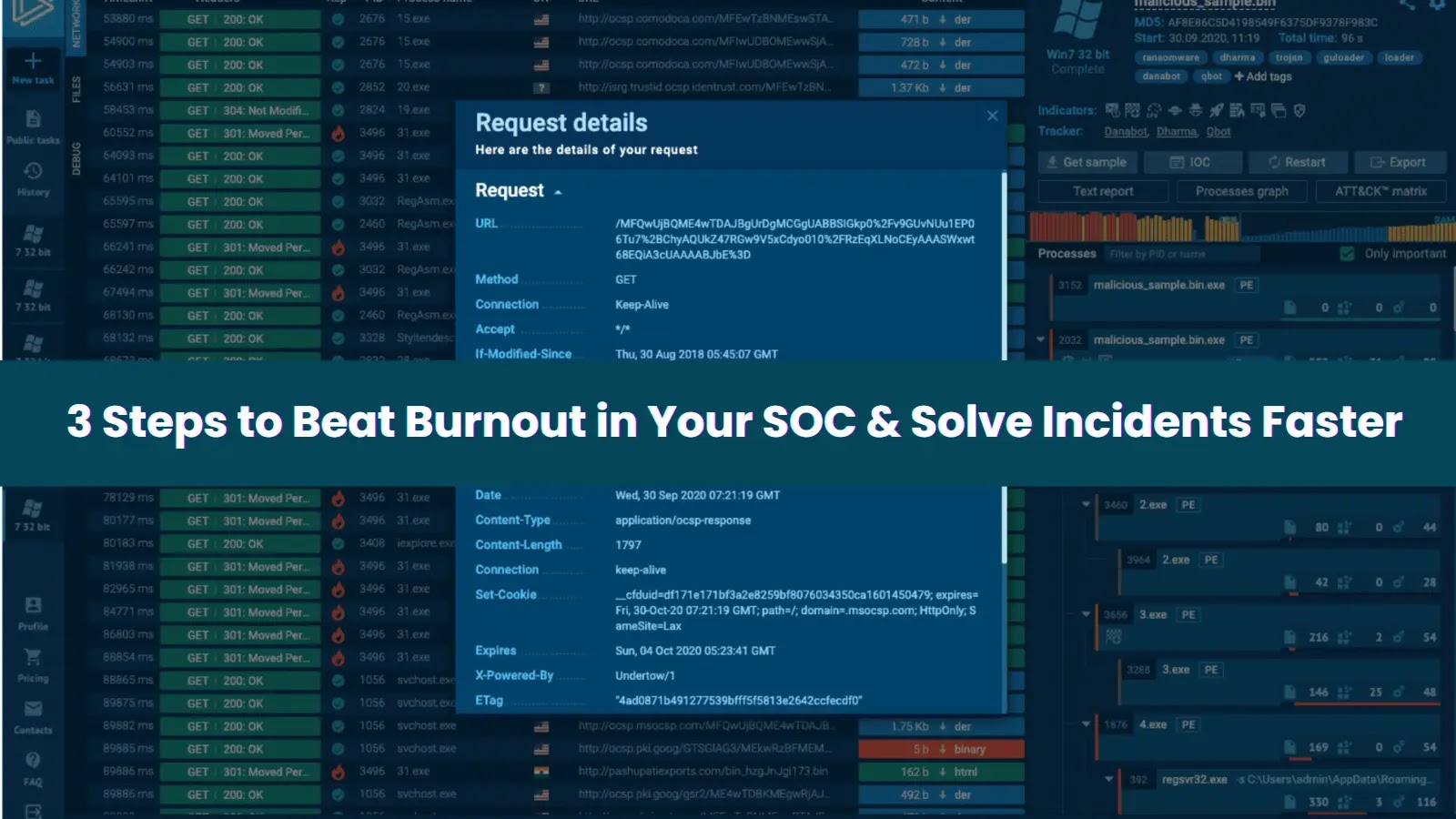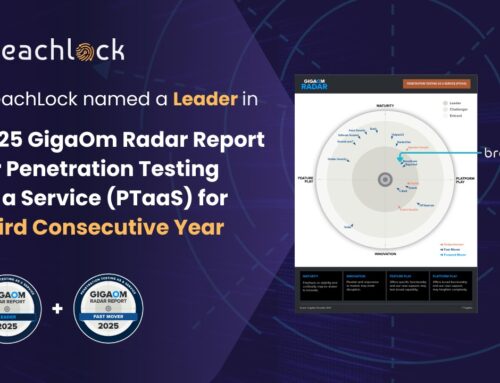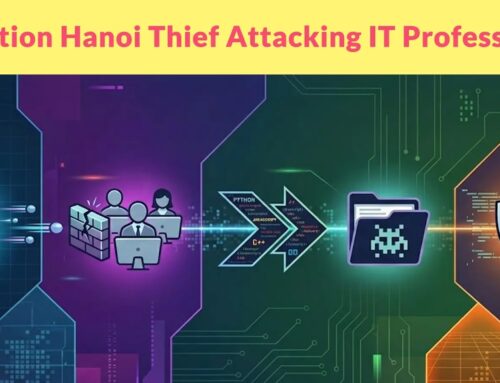
3 Steps to Beat Burnout in Your SOC and Solve Cyber Incidents Faster
The relentless pace of a Security Operations Center (SOC) can feel like a high-stakes marathon. Alerts flood in, workloads mount, and the constant pressure to react with lightning speed often stretches teams to their breaking point. Navigating complex investigations across a scattered landscape of tools only exacerbates the problem, making burnout an all too common companion for security professionals. But what if there was another way? What if we could not only mitigate this pervasive issue but also supercharge our incident response capabilities? This post outlines a strategic approach to transform your SOC, enhance mental well-being, and drive faster, more effective incident resolution.
Understanding the Burnout Epidemic in SOCs
The operational reality of a SOC is inherently demanding. Security analysts are on the front lines, constantly contending with a dynamic threat landscape. The sheer volume of security alerts, often leading to a significant number of false positives, can overwhelm even the most seasoned teams. This constant state of alert, coupled with the pressure for immediate remediation, contributes significantly to stress and fatigue. Prolonged exposure to these conditions without adequate support or optimized processes inevitably leads to burnout, impacting not just individual well-being but also the overall effectiveness and retention within the team. The consequences are dire: slower response times, increased errors, and a higher risk of overlooked critical incidents.
Step 1: Streamline Alert Triage and Reduce Noise
One of the primary drivers of SOC burnout is the sheer volume of alerts, many of which are non-actionable or low-priority. Effective alert triage is paramount to cutting through the noise and allowing analysts to focus on what truly matters. This involves a multi-faceted approach.
- Intelligent Filtering: Implement advanced correlation rules and machine learning algorithms within your Security Information and Event Management (SIEM) or Extended Detection and Response (XDR) platforms. These tools can help identify legitimate threats by correlating disparate security events and suppressing known benign activities.
- Contextual Enrichment: Automatically enrich alerts with relevant context, such as asset criticality, user behavior analytics (UBA) data, and threat intelligence feeds. This immediate context equips analysts to make faster, more informed decisions without manual data gathering. For instance, knowing that an alert pertains to a critical production server rather than a test environment instantly prioritizes the response.
- Automated Prioritization: Assign dynamic risk scores to alerts based on their severity, potential impact, and the criticality of affected assets. This ensures that the most dangerous threats rise to the top, allowing analysts to address them first and prevent less critical issues from monopolizing attention.
Step 2: Automate Repetitive Tasks with SOAR
Security Orchestration, Automation, and Response (SOAR) platforms are game-changers for combating burnout and accelerating incident resolution. Many initial incident response steps are predictable and repetitive, making them ideal candidates for automation.
- Automated Playbooks: Develop and implement automated playbooks for common incident types, such as phishing email analysis, malware containment, or unauthorized access attempts. These playbooks can automatically perform actions like isolating infected endpoints, blocking malicious IPs, or initiating data collection. For example, a phishing playbook might automatically detonate attachments in a sandbox, check sender reputation, and block the sender across email gateways.
- Integration with Existing Tools: A key strength of SOAR is its ability to integrate disparate security tools, creating a unified workflow. This eliminates the need for analysts to manually switch between multiple consoles, login to various systems, and copy-paste information, reducing mental overhead and saving valuable time.
- Reduced Manual Toil: By automating mundane tasks, SOAR frees up analysts to concentrate on complex investigations, threat hunting, and strategic security initiatives that require human ingenuity and critical thinking. This shift not only prevents burnout but also elevates the role of the security analyst.
Step 3: Foster a Culture of Continuous Improvement and Knowledge Sharing
Technology alone isn’t a silver bullet. A healthy, efficient SOC also thrives on a strong organizational culture that prioritizes continuous learning, collaboration, and psychological safety.
- Post-Incident Reviews: Conduct thorough post-incident reviews (PIRs) for significant incidents. The focus should be on learning and improvement, not blame. Analyze what went well, what could have been done better, and identify process gaps or training needs. This iterative feedback loop is crucial for refining playbooks and improving response strategies.
- Regular Training and Skill Development: Invest in ongoing training for your SOC team. Provide opportunities for certifications, workshops on emerging threats, and simulated incident response exercises. A well-trained team feels more confident and less overwhelmed when facing novel threats.
- Knowledge Base and Documentation: Maintain a comprehensive and easily accessible knowledge base. Document common procedures, investigation steps, known false positives, and incident resolution playbooks. This reduces reliance on individual tribal knowledge and ensures consistent, efficient responses, even with team changes. For instance, detailed documentation on how to handle a CVE-2023-38829 WinRAR vulnerability can save hours of research for new analysts.
- Rotation and Breaks: Implement shift rotations that prevent analysts from working excessively long hours or being perpetually “on-call.” Encourage and enforce regular breaks and time off to allow for mental recuperation.
Remediation Actions: A Holistic Approach
Successfully beating burnout and accelerating incident response requires a holistic strategy encompassing people, processes, and technology.
- Technology Adoption: Prioritize the deployment and effective utilization of SIEM/XDR platforms for alert correlation, and SOAR for automation. Ensure these tools are properly configured and integrated.
- Process Optimization: Regularly review and refine your incident response playbooks. Conduct tabletop exercises to test their effectiveness and identify areas for improvement. Define clear escalation paths and roles.
- People-Centric Leadership: Leaders must actively monitor team well-being, promote a supportive environment, and advocate for the resources needed to reduce analyst strain. This includes fostering a culture where asking for help is encouraged and celebrated.
- Continuous Feedback: Establish mechanisms for analysts to provide feedback on tools, processes, and workloads. Their insights are invaluable for identifying pain points and driving meaningful change.
Conclusion
Burnout in the SOC is a critical issue that compromises both human well-being and operational effectiveness. By strategically implementing intelligent alert triage, leveraging SOAR for automation, and cultivating a culture of continuous improvement and support, organizations can transform their SOCs. These steps not only alleviate the immense pressure on security analysts but also empower them to investigate and resolve cyber incidents with greater speed, precision, and confidence. Investing in your SOC team and optimizing their workflow isn’t just about efficiency; it’s about building a resilient, sustainable, and highly effective cybersecurity defense.





